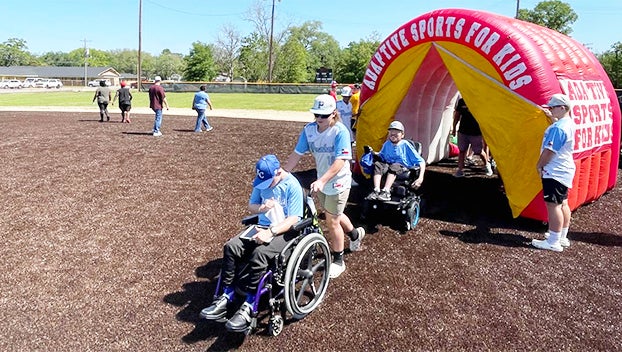Hog poison plan starts controversy
Published 11:04 am Monday, February 27, 2017
By Chester Moore, Jr.
Texas Agriculture Commissioner Sid Miller has announced a rule change in the Texas Administrative Code (TAC) that classifies a warfarin-based hog lure as a state-limited-use pesticide.
The pesticide, “Kaput Feral Hog Lure,” is the first toxicant to be listed specifically for use in controlling the feral hog population and represents a new weapon in the long-standing war on the destructive feral hog population according an agency press release.
“This solution is long overdue. Wild hogs have caused extensive damage to Texas lands and loss of income for many, many years,” Commissioner Miller said.
“With the introduction of this first hog lure, the ‘Hog Apocalypse’ may finally be on the horizon.”
According to texasagriculture.gov, warfarin, an anticoagulant, that used for many years as a feral swine toxicant in Australia.
“By making this a limited use pesticide, we are taking every step possible to ensure this toxicant is used properly and efficiently,” Commissioner Miller said.
“Years of work and study have gone into addressing the concerns of hunters and others about this product.”
Many local hunters are concerned about the impact on other species.
“It won’t just be hogs eating the poison. It will be deer and squirrels and rabbits and raccoons. Everything you see come up to game camera at feeders will be impacted,” said Brian Johnson, a local duck dog trainer and bowhunting enthusiast.
“You can’t just introduce mass poison to the environment and expect only one species to be impacted.”
Frank Moore a local hunter who calls himself a “hog-only specialist” also resents the idea of poisoning hogs.
“If I were to go out and put a bunch of random poison on my lease to kill deer I would get in big trouble. How do they know this is not going to impact other animals as much as it does hog?,” he asked.
Moore at the same time is skeptical that it will work long-term.
“Hogs are smart. There is a chance they will figure out something is wrong with the bait if it is supposed to take a number of times eating it to kill it like most rat poisons. There are just a whole lot of factors in this issue that should be looked at,” Moore said.
From this writer’s vantage point, one issue that needs addressing is how it will impact javelina in South and West Texas where the swine-like native animals are present.
Javelina will eat virtually anything a hog will eat and will no question be victims of the poison. Javelina are a game animal in Texas with a bag limit of two per season.
Unfortunately some ranches allow wholesale killing of javelina but they are recognized by state law as a game animal as they should be. They are not exotic introductions like hogs and are as much a part of Texas as whitetail deer or Rio Grande turkey.
Who will be counting the impact on javelina?
The same goes for everything else in the ecosystem.
We will have more on this issue which is likely to get heated as an animal that has definitely caused problems (feral hogs) is now weighed against other wildlife in value.
For now let’s hope the experts are right and the impact on other species is negligible.
(To contact Chester Moore, e-mail him at chester@kingdomzoo.com. You can hear him on “Moore Outdoors” Fridays from 6-7 p.m. on Newstalk AM 560 KLVI or online at www.klvi.com.)





